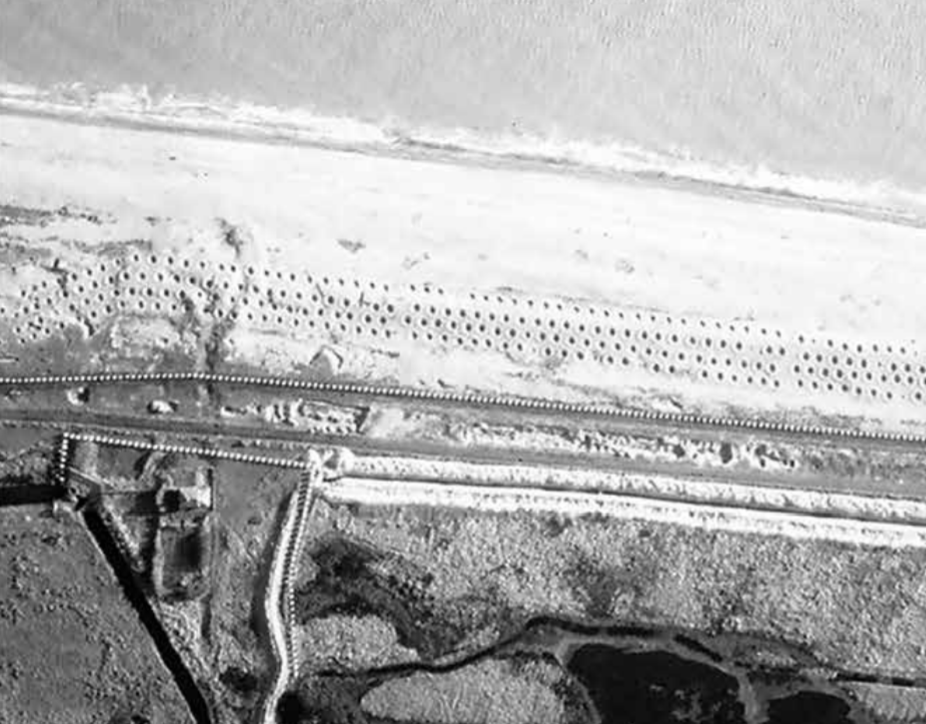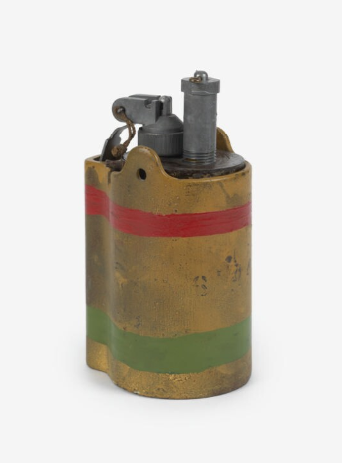Old British landmine found at Brixham Harbour, Devon
A landmine has been found outside a harbour office in Brixham, Devon. It appears that someone found the device, realised it was potentially dangerous and left it there.
The item was likely brought aboard a boat by accident. No photographs of the unexploded ordnance were available, however, a Royal Navy bomb squad described it as an anti-personnel mine, six to eight inches in length.
World War 2 legacy
In 1940, with the threat of a German amphibious invasion looming, the British Army laid numerous minefields along vulnerable sections of coastline. From late 1943 until 1948, a total of 1,986 minefields (comprising 338,500 mines) were cleared, mostly by the Royal Engineers. Eleven ‘difficult minefields’ were cleared by 1972. The last mined beach (in Norfolk) was finally cleared and released to the public in 1972.
British WW2 landmine finds are relatively rare, however, several recent incidents confirm that these minefields were not always 100% cleared!

The British No.3 AP Landmine
At 6.1 inches in length, the British No.3 Anti-Personnel mine best fits the description. The No.3 consisted of a cylindrical, corrugated-steel outer casing containing the explosive main charge. The mine detonates when sufficient pressure is placed on the pressure plate. The striker is then released and initiates the explosive mechanism.
When the mine is triggered the safety fuse is ignited and burns for two seconds, allowing time for the enemy to move forward and remove his foot from the mine. The flash from the safety fuse ignites the propellant charge and projects the mine three feet into the air, where it exploded. It had a lethal range of up to 30 yards.

UXO risk mitigation services
At Brimstone, we provide a range of UXO risk mitigation services, including assessments, surveys, investigations and disposals. If you require UXO support on your site, get in touch with our commercial team.
Keep up to date with Brimstone UXO by following us on Facebook, Instagram, Twitter, LinkedIn and YouTube.